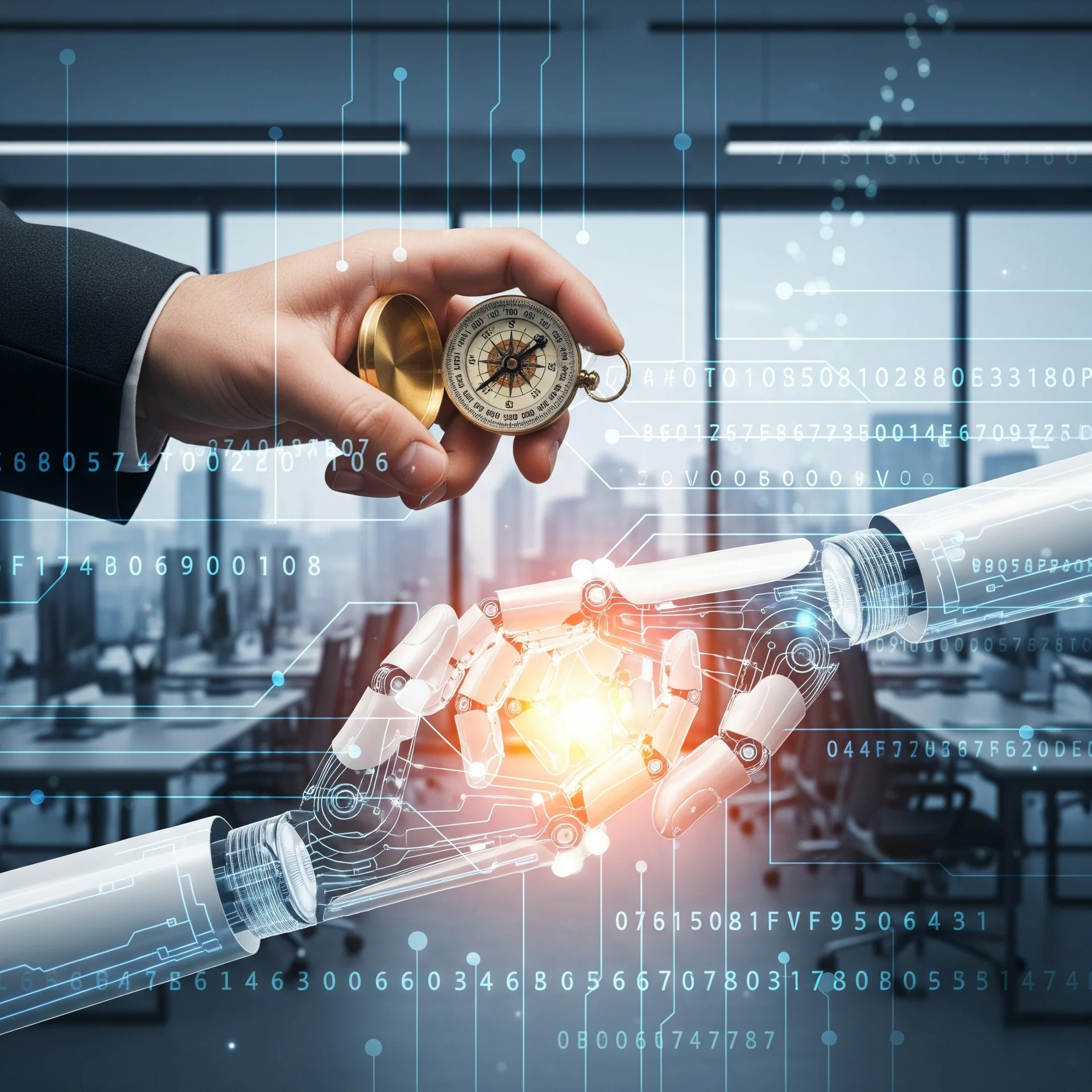
AI
AI is not magic, it's strategy: How to adopt it without failing?
AI has moved from science fiction to a transformative force. However, its adoption is a strategic act, not magic. We sho...

For years, companies have navigated a sea of uncertainty. Inventory planning, marketing strategies, and even staff hiring were based on projections that were, honestly, more art than science. Sales history, market trends, a little intuition… and voilà!, the plan was ready. The problem is that the world is dynamic, and factors like a viral tweet, an unexpected climate change, or a new competitor can throw off the best “hunches.”
This is where AI comes into play, not to replace your experience, but to enhance it. AI doesn’t have a crystal ball, but it does have something much more powerful: the ability to process and analyze massive volumes of data at a speed and with a precision unattainable for the human brain.
The key lies in machine learning algorithms. These algorithms are trained with an enormous amount of information, which includes:
Historical sales data: When, what, how much, and to whom it was sold. External factors: Weather conditions, holidays, sporting events, economic news. Customer behavior: Browse patterns on your website, social media interactions, online searches. Market trends: Competitor data, industry reports, keyword analysis. Imagine you own a clothing store. An AI wouldn’t just look at your sales from last year. It would also analyze if it rained more or less, if there were special offers from your competitors, if a World Cup was played (and what impact it had on jersey sales), and even how influencer posts on Instagram influenced things. With all this information, the algorithm learns to identify patterns and correlations that are invisible to us, creating predictive models.
For example, a supermarket chain can use AI to forecast the demand for certain fresh products in a specific store, considering the time of day, the weather forecast, local events, and even the products that are usually bought together. This allows them to optimize inventory, reduce waste, and ensure that customers find what they are looking for.
Anticipating sales and demand with AI not only tells you what is going to happen, but it also allows you to act accordingly. This translates into:
Inventory optimization: Reducing excess stock (which generates storage and obsolescence costs) and avoiding stockouts (which means lost sales and dissatisfied customers). Improved production planning: Adjusting production capacity to real demand, avoiding bottlenecks or downtime. More effective marketing strategies: Launching promotions at the right time, aimed at the right audience, and with the products that will actually sell. Better resource allocation: From staffing to supply chain management, everything becomes more efficient. Identification of new opportunities: Forecasting demand spikes for emerging products or market niches.
The implementation of AI for prediction is not an overnight project. It requires a clear strategy, quality data, and often, collaboration with AI experts. But the return on investment can be enormous. We are talking about moving from reacting to anticipating, from uncertainty to certainty.
Are you willing to stop guessing and start predicting? AI is not just a tool; it is your new strategic ally to unveil the future of your business. The question is not whether you should use it, but when you are going to start seeing the potential it offers.